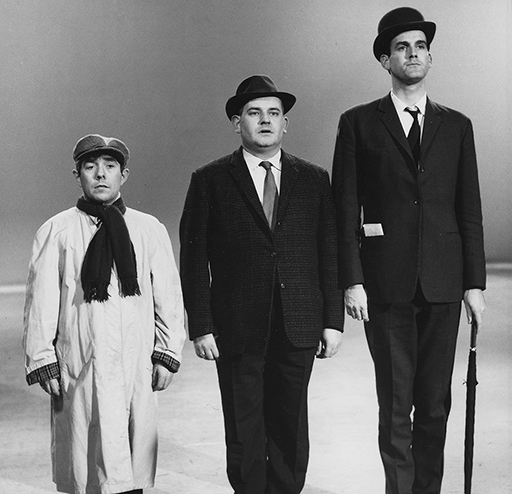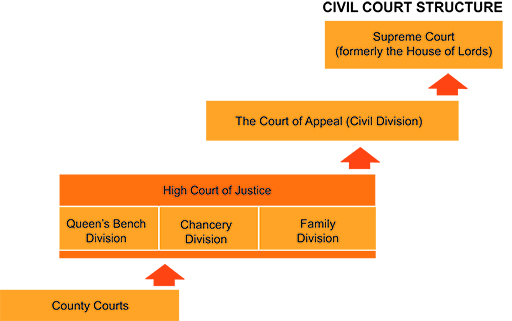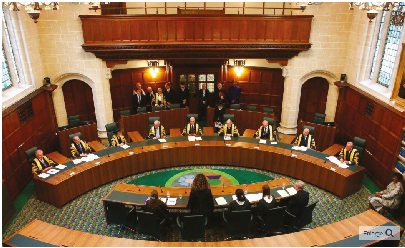8.2 The judicial hierarchy

The second factor that influences whether ratio decidendi is binding on the court depends on where the earlier court is in the judicial hierarchy compared to the later court.
In general:
- Appeal courts are more senior than first-instance courts.
- Second level appeal courts (like the Supreme Court) are more senior than first level appeal courts (like the Court of Appeal).
- Higher level first-instance courts (like the High Court) are more senior than lower level first-instance courts (like the County Court).
This is illustrated in the civil context in Figure 11.

Therefore, if the precedent is from a more senior court than the court hearing the new case, then the precedent tends to be binding. But if the precedent is from a more junior court than the court hearing the later case, then the earlier precedent tends not to be binding (but it may be persuasive). This allows the more senior court to make changes to the law.
Back in the day, the House of Lords (the predecessor to the Supreme Court) treated itself as bound by its previous decisions (see: London Tramways Co Ltd v London County CouncilFootnote 6). This caused a problem because if the House of Lords made a mistake, the only way of overturning its mistake was to wait for Parliament to bring in a statute to overrule it. The House of Lords realised that there was a problem, and in 1966 issued a practice statement giving notice that in the future it would not bound by its previous decisions (see: Practice Statement (Judicial Precedent) [1966]Footnote 7). After 1966, the House of Lords began to overturn some of their previous decisions. For example, recall the case of Duncan v Cammel Llaird,Footnote 8 discussed earlier in the course, where the House of Lords had ruled that a public interest immunity (‘PII’) certificate from the government that disclosing evidence would risk national security was the end of the matter. This principle was not followed in Conway v Rimmer Footnote 9 where the House of Lords ruled that it could scrutinise whether such a PII certificate was in fact justified. The Supreme Court now follows the same approach and can overrule its previous decisions.
Activity 6 Which precedent is binding?
For this activity, assume that there are always two earlier precedents that apply to the issue before the court in the present case but that these conflict with each other. Each time you click the button, the activity will randomly choose different courts. Your task is to decide which of the two earlier precedents is binding on the present court.
The third factor that determines whether a precedent is binding is whether the material facts are sufficiently similar (or analogous).
Footnotes
- 6 London Tramways Co Ltd v London County Council [1898] AC 375.Back to main text
- 7 Practice Statement (Judicial Precedent) [1966] 1 WLR 1234.Back to main text
- 8 Duncan v Cammel Llaird [1942] AC 624.Back to main text
- 9 Conway v Rimmer [1968] AC 910.Back to main text

